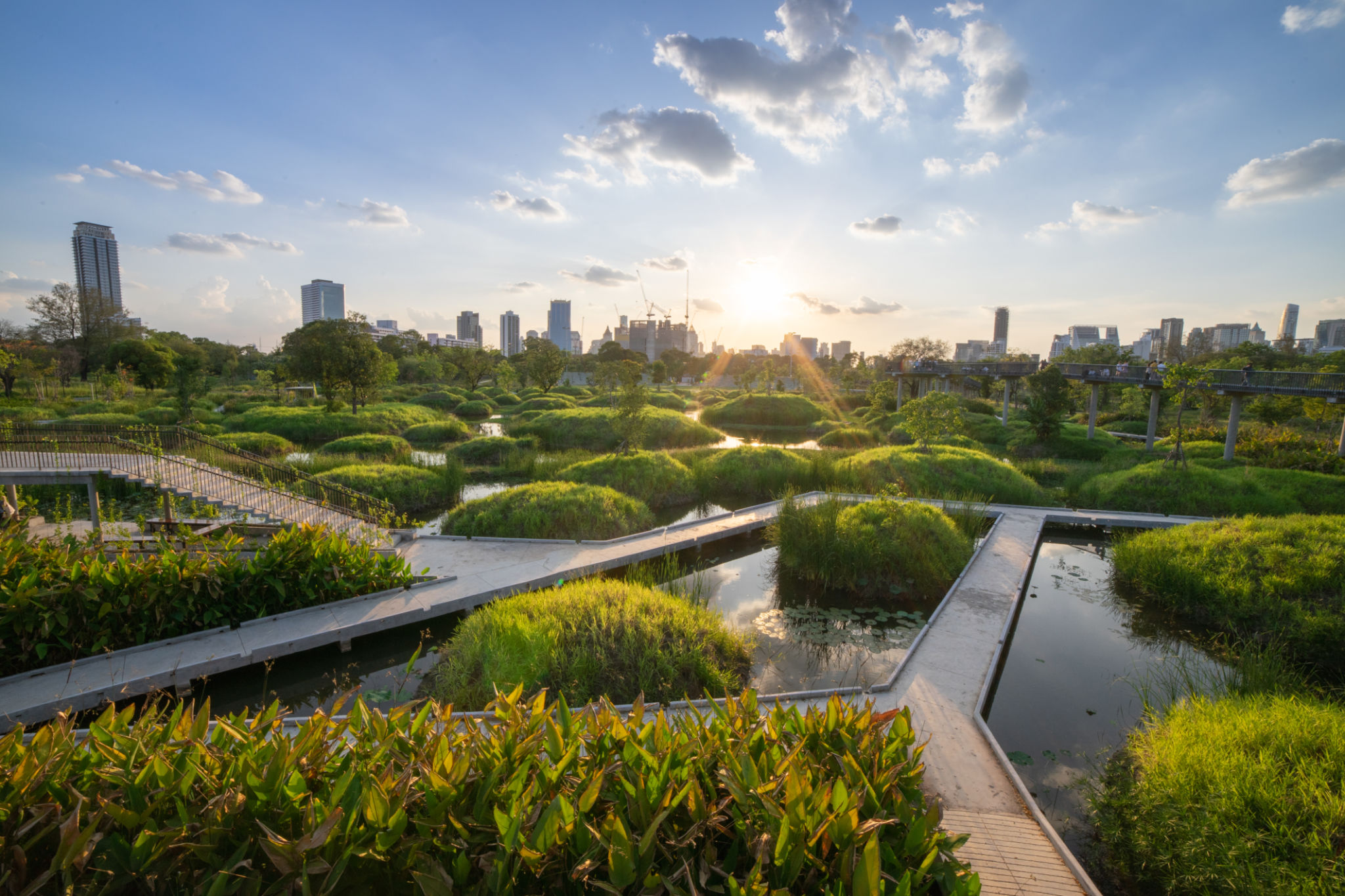Modern Prefabricated Homes: A Sustainable Choice for Urban Living
Understanding Prefabricated Homes
Modern prefabricated homes are revolutionizing urban living by offering a sustainable and efficient alternative to traditional construction methods. These homes are built in sections at a factory and then transported to the site for assembly, significantly reducing construction time and waste.
The concept of prefabricated homes isn't new, but recent advancements in design and technology have made them more appealing to urban dwellers. With the increasing demand for eco-friendly housing solutions, these homes present a viable option for those looking to minimize their environmental footprint.

Benefits of Prefabricated Homes
There are several compelling benefits to choosing a prefabricated home. First and foremost, they offer a **faster construction process**, which means homeowners can move in sooner compared to traditional builds. This efficiency also translates to cost savings, as labor and material expenses are reduced.
Another significant advantage is the **sustainability** factor. Prefabricated homes often use sustainable materials and energy-efficient systems, reducing the overall carbon footprint. Additionally, the controlled factory environment minimizes waste, ensuring that every piece of material is utilized effectively.

Design Flexibility
One of the misconceptions about prefabricated homes is their design limitations. However, modern prefabs offer a surprising amount of customization. Homeowners can choose from a variety of styles, layouts, and finishes to reflect their personal tastes and lifestyle needs.
Architects and designers are continually pushing the boundaries of prefab design, creating homes that are not only functional but also aesthetically pleasing. This flexibility makes prefabricated homes an attractive choice for urban areas, where space and resources may be limited.

Urban Living Reimagined
In urban settings, space is often at a premium. Prefabricated homes offer a solution by making efficient use of available land. Multi-story designs and modular layouts allow for maximum utility without compromising on comfort or style.
Moreover, as cities grow and evolve, the adaptability of prefabricated homes makes them an ideal choice for urban infill projects. These homes can be designed to complement existing neighborhoods while providing high-quality living spaces for residents.
The Future of Prefabricated Urban Housing
As technology continues to advance, the potential for prefabricated homes in urban areas will only grow. Innovations such as smart home systems and sustainable energy solutions can easily be integrated into prefab designs, making them even more appealing to environmentally conscious consumers.
Governments and developers are also recognizing the benefits of prefabricated construction, leading to increased investment in this sector. As a result, we can expect to see more prefabricated homes in urban settings, contributing to the creation of greener, more sustainable cities.

Conclusion
Modern prefabricated homes offer a sustainable choice for urban living by combining efficiency, design flexibility, and environmental responsibility. As the demand for eco-friendly housing solutions continues to rise, these homes provide a practical and appealing option for city dwellers seeking a modern lifestyle with minimal environmental impact.
By embracing prefabricated homes, we can look forward to reshaping our urban landscapes into vibrant, sustainable communities that prioritize both people and the planet.